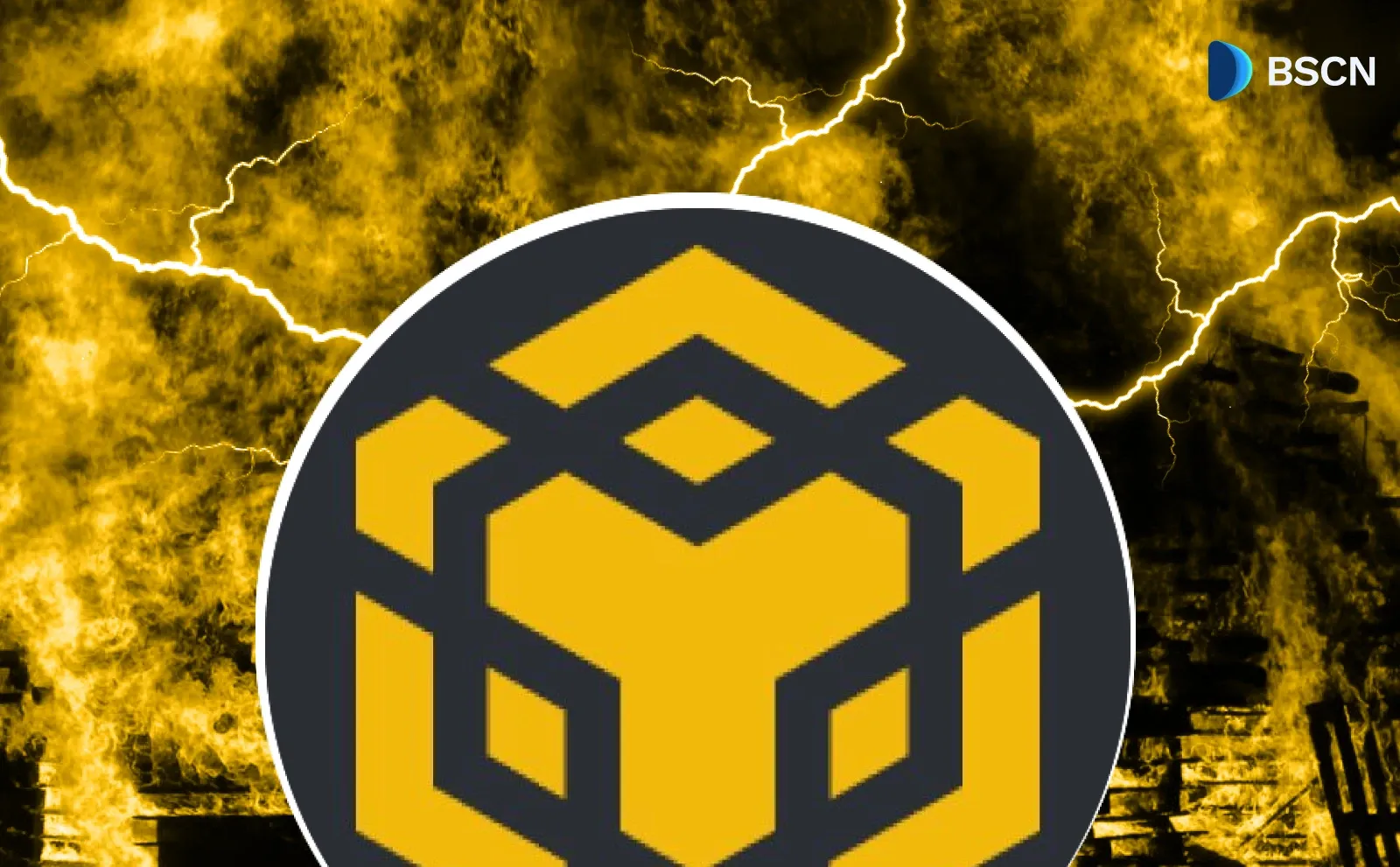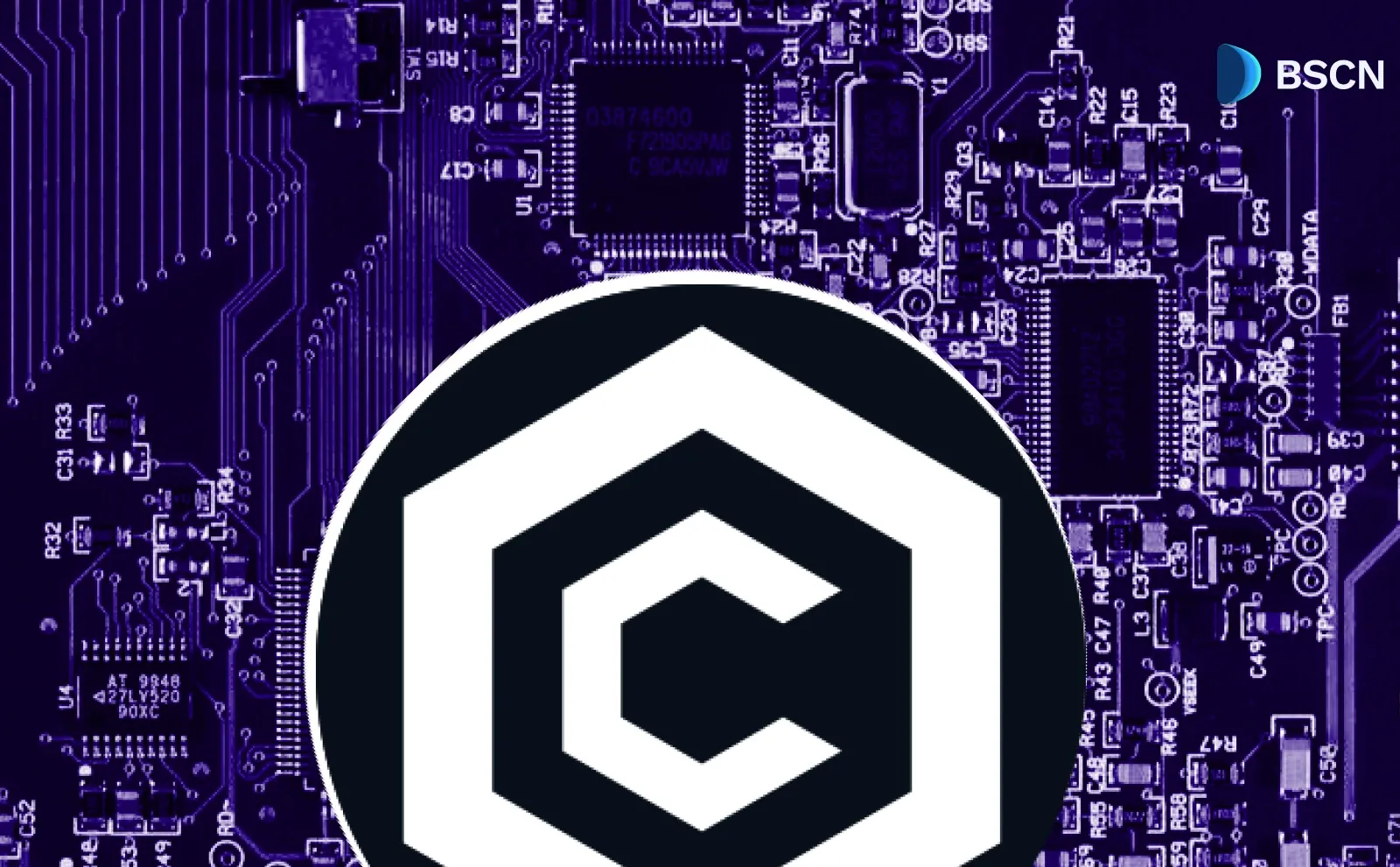(Advertisement)
Project Insight: BiSwap

Biswap offers users numerous opportunities to maximize profit while incentivizing projects building on BNB Chain.
BSCN
February 14, 2022
(Advertisement)
Table of Contents
Becoming a Benchmark for DEX Platforms
Biswap is the first Decentralized Exchange (DEX) platform on BNB Chain (BSC) with a three-type referral system. The protocol also has one of the lowest transaction fees—0.1%. In addition, Biswap offers users numerous products such as a Non-fungible Token (NFT) marketplace, Liquidity Pools, Farms, Launchpools, Lottery, an Initial DEX Offering (IDO) Launchpad, and more.
The BiSwap DEX is committed to providing true value, fairness, and innovation to Decentralized Finance (DeFi) through its numerous products. In addition, Biswap aims to become a benchmark for DEX platforms in the space and a leading DEX in the market.
BiSwap made big moves in 2021 and was part of the top 10 NFT projects building on BSC from the Most Valuable Builder II Program. In addition, the platform launched a $10 million global incentive program on BSC to incentivize projects building on the network. Moments after launching the program on September 14th, the DEX surpassed 1 Billion total transactions and became one of the leading DEXes on BSC.
The platform has many opportunities and a variety of choices for Exchange, ensuring that users maximize their profit. Most importantly, Biswap DEX is audited by a leading blockchain security firm, Certik.

Biswap Core Products
Biswap exchange is the core product of the protocol’s ecosystem. In contrast with other DEXes, Biswap exchange offers swaps at no cost. It is an Automated Market Maker (AMM) that allows users to exchange tokens on BSC. The Liquidity provided on the DEX comes from Liquidity providers that stake their tokens in Liquidity pools. Users get LP tokens on Biswap exchange which can be staked to earn $BSW tokens in the Farms.
Other core products, already mentioned above, contribute to improving the protocol. For instance, the NFT marketplace strengthens the BSW token, offers the community lucrative and beneficial opportunities, expand the Biswap ecosystem, and promotes the large influx of users on BiSwap DEX.
Read the protocol’s core products page to learn more about Biswap’s Launchpools, Farms, Launchpad, Lottery, and more.

The $BSW Token
The $BSW token is the protocol’s utility token with a large user base that supports the Biswap ecosystem.
The token’s utility includes:
- Biswap Launchpools: Users can stake BSW tokens in Biswap Launchpools and earn other tokens for free.
- Liquidity Provider Fee: When users add BSW tokens and other tokens to Biswap’s Liquidity pools, they receive 50% from every transaction fee.
- Biswap Farms: Users can stake LP tokens in Biswao Farms pairs and receive BSW tokens in return.
- GameFi: With the BSW token, users can play their favorite games on the platform.
- Referral Commission: Users receive 5% from their referrals’ earnings in Farms and Launchpools in $BSW.
- Trading: Trading BSW tokens on Biswap comes with the lowest transaction fees in the industry.
- Biswap Lottery: Users can buy lottery tickets with BSW tokens to win exclusive prizes.
- Fee Return: Users who make exchanges on Biswap would get up to 100% of the trading fee back in BSW tokens.
To top up the benefits of utilizing the BSW token, Biswap implemented a burning mechanism. The protocol would continue to decrease the total supply of BSW tokens with an innovative weekly burn mechanism designed to increase the value of $BSW in the long run.
Biswap Incentive Program
The Biswap Incentive Program for BSC projects is still ongoing. Project owners can participate in the $10 million Global incentive program and become eligible to receive numerous growth opportunities. Projects accepted by the protocol would receive $10,000 to $30,000 in funding for project development, support from the Biswap team, marketing promotion, partnership opportunities, up to $10,000 funding for audit, and more.
Project owners/developers need to visit the Biswap Incentive Program page and Apply for the program to get started. In addition, the application does not require much effort, as it is carried out by filling out an application form.
Once the application form is submitted, Biswap would review the project, and if the project passes the assessment, the Biswap team will contact the project within 72 hours. Afterward, Biswap would discuss its collaboration plans with the project.
Experienced Team of Professionals
The Biswap team, spearheaded by CEO EK, who has over seven years in the crypto industry, is dedicated to meeting users’ expectations. The team comprises experienced developers, designers, marketers, support agents, and project managers.
Visit the Team page to view the comprehensive list of professionals on the Biswap platform.
About Biswap
Biswap is the first decentralized exchange platform on the market with a three-type referral system and the lowest platform transaction fees (0.1%). It is a decentralized exchange platform for swapping BEP-20 tokens on BNB Chain. Biswap has a popular utility token, BSW, with a huge user base that supports the Biswap ecosystem. Apart from being able to trade BSW token, you can also make use of a wide variety of additional benefits that come along with it. Biswap aims to become a benchmark for DEX platforms.
For more information about Biswap DEX, visit the following media pages:
Website | Twitter | Telegram | Whitepaper
Read Next...
Disclaimer
Disclaimer: The views expressed in this article do not necessarily represent the views of BSCN. The information provided in this article is for educational and entertainment purposes only and should not be construed as investment advice, or advice of any kind. BSCN assumes no responsibility for any investment decisions made based on the information provided in this article. If you believe that the article should be amended, please reach out to the BSCN team by emailing [email protected].
Author
 BSCN
BSCNBSCN's dedicated writing team brings over 41 years of combined experience in cryptocurrency research and analysis. Our writers hold diverse academic qualifications spanning Physics, Mathematics, and Philosophy from leading institutions including Oxford and Cambridge. While united by their passion for cryptocurrency and blockchain technology, the team's professional backgrounds are equally diverse, including former venture capital investors, startup founders, and active traders.
(Advertisement)
Latest News
(Advertisement)
Crypto Project & Token Reviews
Project & Token Reviews
Comprehensive reviews of crypto's most interesting projects and assets
Learn about the hottest projects & tokens

















